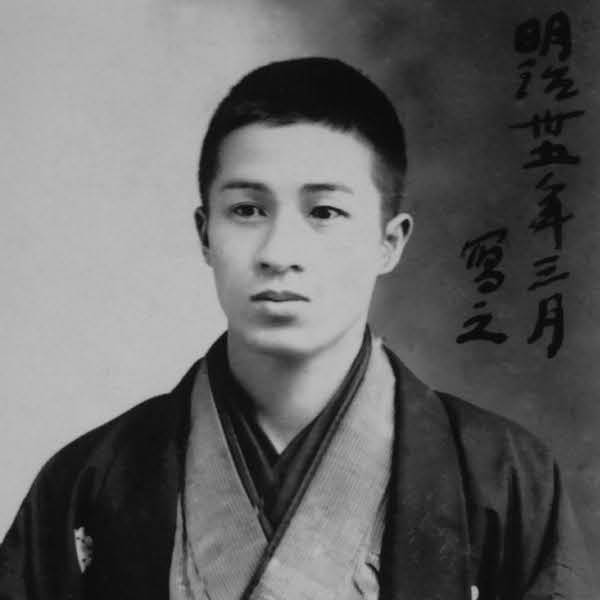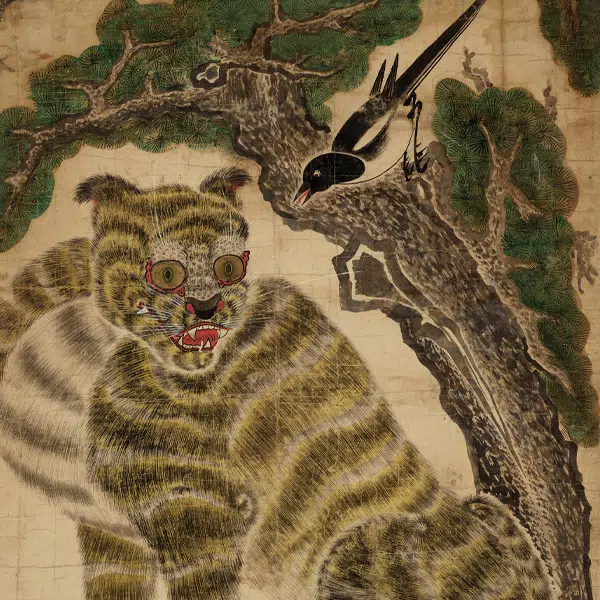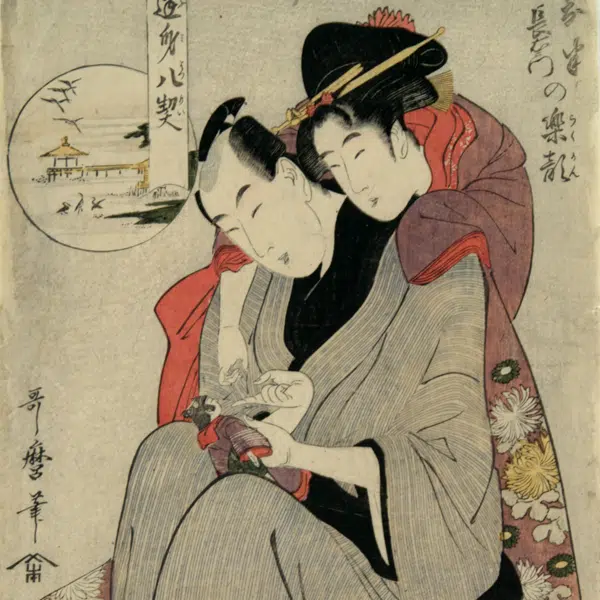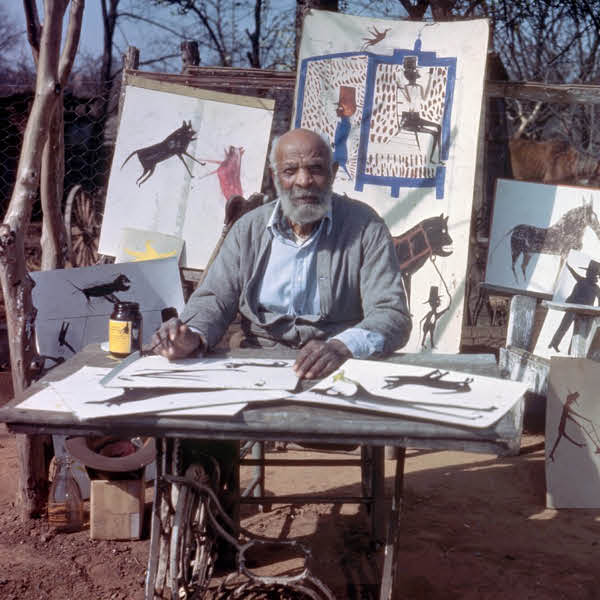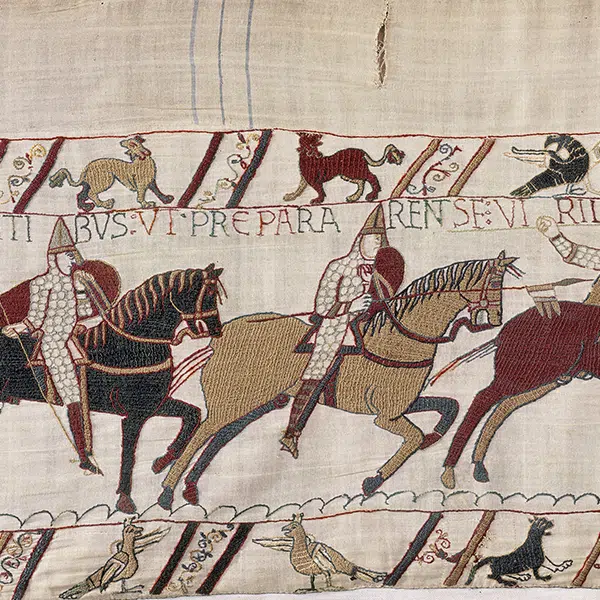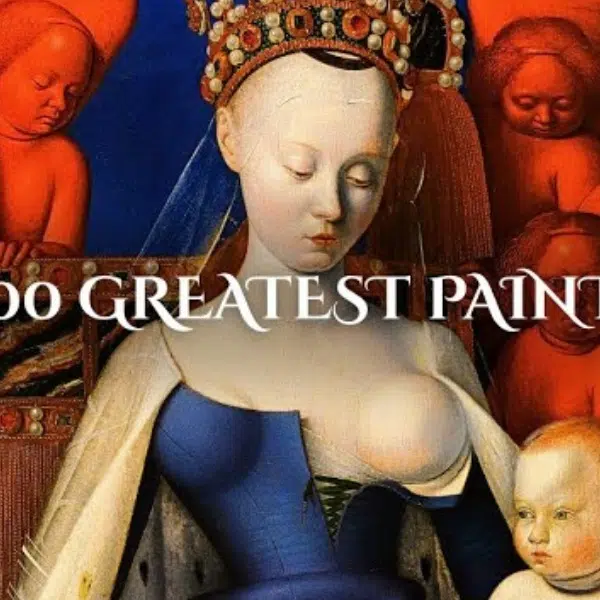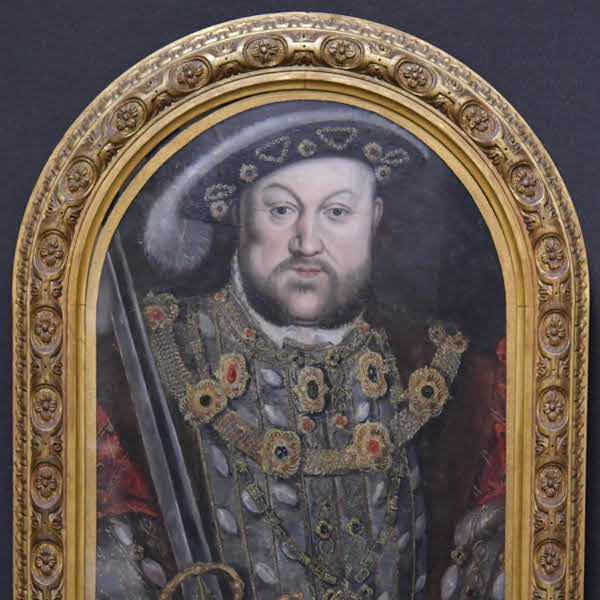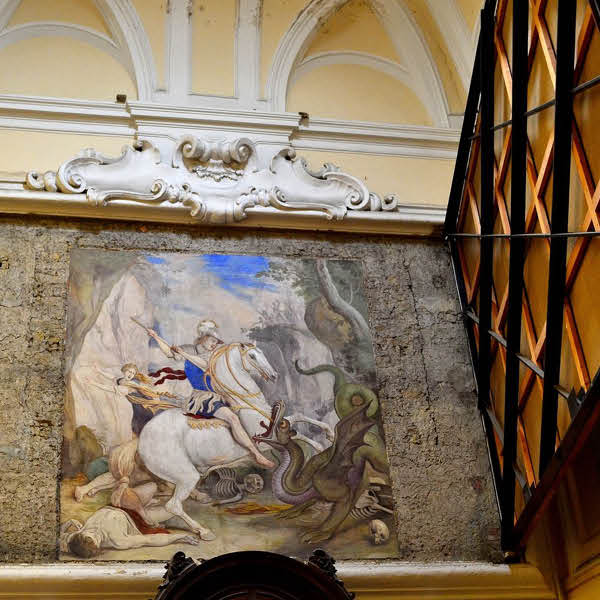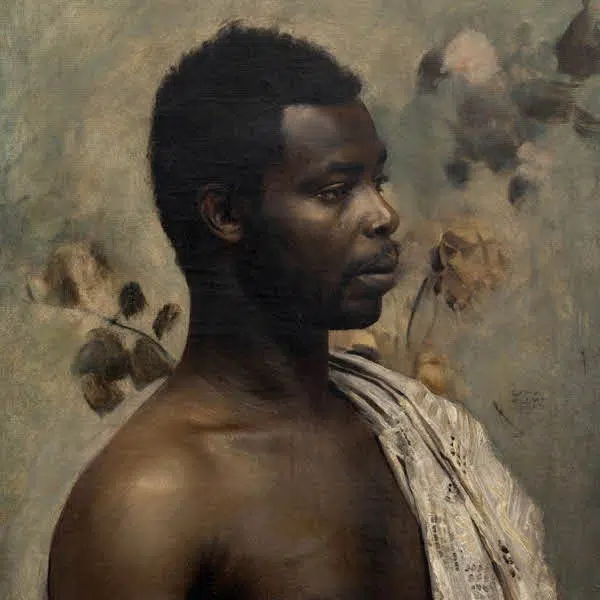View this post on Instagram
Following the end of World War I, artists, writers, filmmakers, and activists flocked to Paris. It was there that they felt free to explore new ideas. The vibrant city soon became the center of the Surrealist movement, which was largely influenced by Dadaism. Dada was an avant-garde art movement that was born out of the horror and turmoil of WWI. Artists rejected all logic and reason in favor of chaos and a true representation of society.
Many Dada artists who went on to be a part of the Surrealist movement continued to reject repressive thought. Instead, they embraced the power of their own imagination and sought to tap into their inner psyche through art. Each surrealist artist painted their own recurring motifs that often appeared in their dreams. Max Ernst painted birds, Salvador Dalí depicted melting clocks, and René Magritte rendered men in bowler hats.
Read on to discover the unique styles of five famous Surrealist artists.
Here are five famous masters of Surrealism you should know.
André Breton
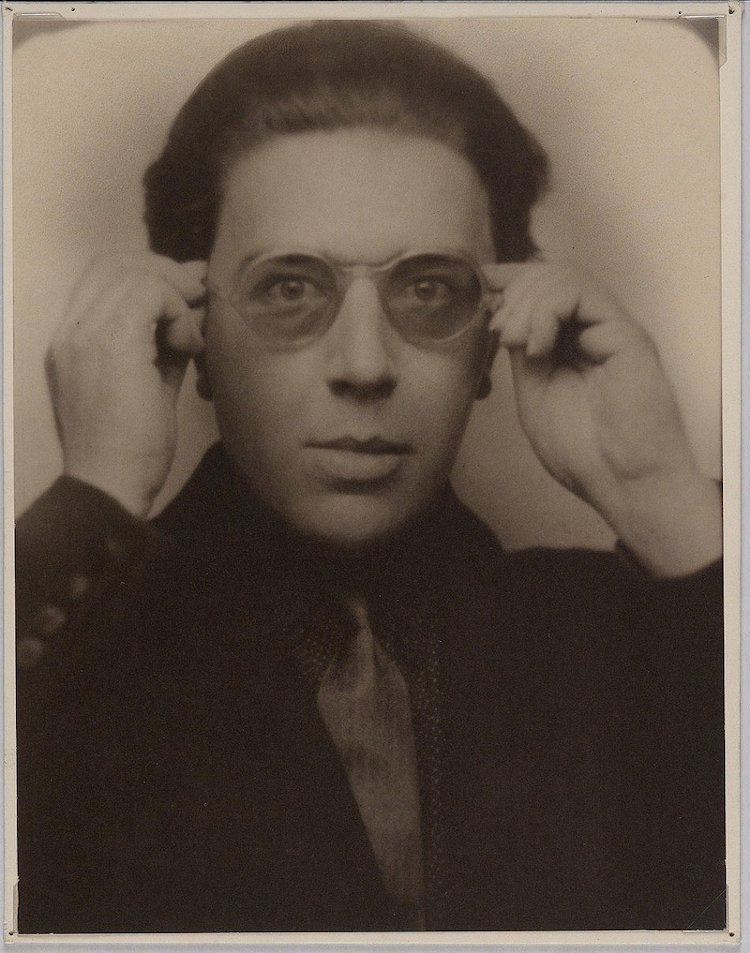
André Breton (Photo: Wikimedia Commons, Public Domain)
French writer, poet, and artist André Breton was an original member of the Dada group who went on to found the Surrealism movement in 1924. His writings include the first Surrealist manifesto (Manifeste du surréalisme), in which he defined the term Surrealism as “pure psychic automatism.” This means that he intended the artform to express pure thought, free from control or reason. Breton once said, “Surrealism is based on the belief in the omnipotence of dreams, in the undirected play of thought.”
As well as writing several books, Breton worked in other mediums, including photographic collages and printmaking. He explored themes such as sexuality and religion through symbols and dreamlike compositions.
View this post on Instagram
Max Ernst
View this post on Instagram
German painter and sculptor Max Ernst rejected social conventions and traditional art in favor of creating freely from his inner psyche. He was one of the founding members of the Surrealist group in Paris. He explored his childhood traumas and his innate thoughts through painting, drawing, and collages, resulting in strange non-representational works without any clear narrative or meaning.
Ernst was one of the first artists to apply Sigmund Freud's dream theories in his work and often created works that illustrated his subconscious visions. Often featuring odd machinery and headless human forms, his art was regularly met with disgust and misunderstanding by 20th-century audiences. However, today his works are regarded as icons of Surrealist art.
View this post on Instagram
Salvador Dalí
View this post on Instagram
Arguably the most famous Surrealist, Spanish artist Salvador Dalí was one of the most prolific creatives of the 20th century. He worked in a range of mediums—including painting, sculpture, printmaking, fashion, advertising, writing, and filmmaking.
Dalí's iconic painted “dreamscapes” illustrate his own dreams, hallucinations, and inner mind. Dalí explored themes such as religion, eroticism, death, and decay in his work, depicted in his own visual language of symbols and recurrent motifs. One emblem he frequently used was melting clocks, which represent the omnipresence of time. Dalí also often depicted elephants with long, spider-like legs that carry various objects on their backs. These surreal creatures are believed to be symbols of strength, as well as representations of the future.
View this post on Instagram
Joan Miró
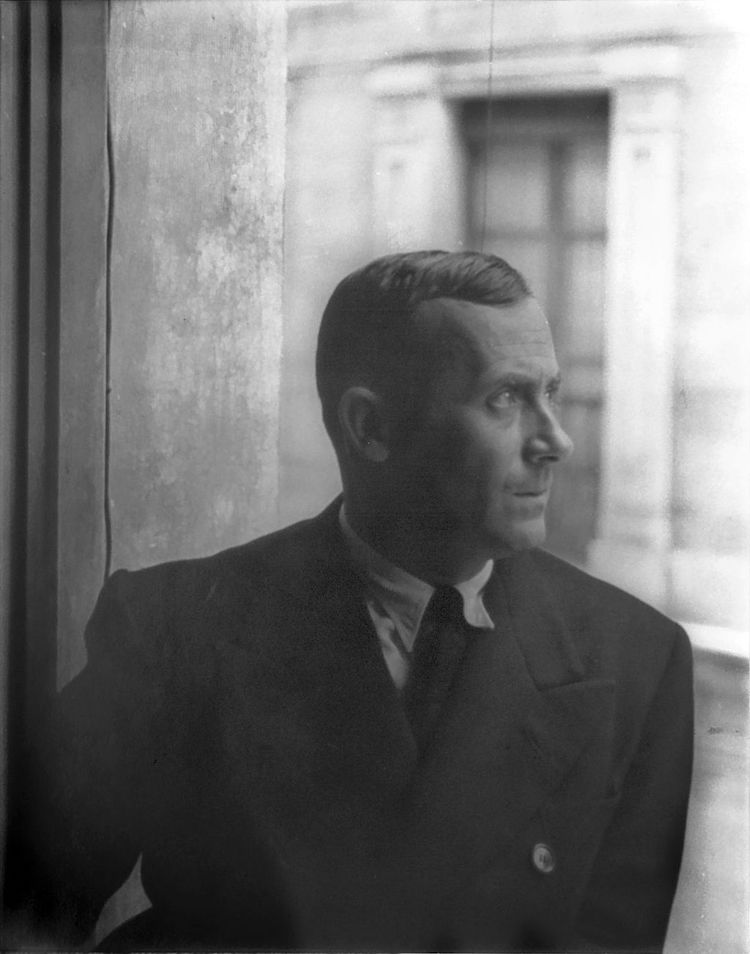
Joan Miró (Photo: Wikimedia Commons, Fair Use)
Spanish painter and printmaker Joan Miró is associated with early Surrealism, but he also had an influence on Abstract Expressionists and Color Field painters. He developed his own radical style—featuring signature abstract shapes, biomorphic forms, and pure colors—that expressed his own imagination, as well as his childhood memories.
One of Miró’s most famous paintings, titled Harlequin's Carnival (1924 – 25), is a classic example of his Surrealist works. It depicts a festive crowd of biomorphic forms that symbolize various stages in the artist’s life. One solemn-looking figure on the left-hand side of the canvas features a hole in his guitar-shaped “stomach,” referencing Miró’s own experience of poverty and hunger. He once reported, “I used to come home in the evening without having eaten anything.”
René Magritte

Belgium painter René Magritte is celebrated for his artistic style that critics called “Magic realism.” His fantastical, dream-like paintings invite viewers to question reality and give an insight into the Surrealist’s mind. Unlike other artists of the movement who lived extravagant lives, Magritte preferred the quiet, middle-class existence. This is symbolized by men in bowler hats who often appear in the artist’s paintings. Some believe these figures are self-portraits.
The human eye was a subject that intrigued many Surrealist artists, including Magritte. They believed it represented the passage between the self and the external world. In The False Mirror (1929), Magritte depicts a single eye with an iris that looks like a window to the sky. Surrealist photographer Man Ray—who owned the work from 1933 to 1936—described the work as a painting that, “sees as much as it itself is seen.”
View this post on Instagram
Related Articles:
Exploring the Experimental and Avant-Garde Art of Surrealism
5 Salvador Dalí Paintings That Perfectly Capture the Surrealist’s Subconscious Mind
5 of René Magritte’s Most Famous Paintings That Capture the Surrealist’s Fascinating Mind
7 Joan Miró Artworks That Are Abstract Visualizations of What Was Inside His Mind













































































